In the process of carrying out activities, the company bears the costs associated with the acquisition of factors of production and sale of products. Depending on their valuation, allocate accounting and economic costs. Read more about how they are classified and calculated, read on.
Essence
Costs reflect the transformation of resources into products and appear in the form of cash costs. For the same factors, division occurs. Accounting costs are called explicit. They reflect transactions that are paid in cash: purchase of materials, workers' wages, rent, etc. Economic costs are called implicit. When a farmer works on his own land, uses personal equipment, technologically his resources are involved in the production process. But there are no obvious monetary losses. The labor of the farmer must be estimated by the wages of workers. Interest on capital and lease should be accrued on its resources and land. Economic costs include explicit and implicit costs.
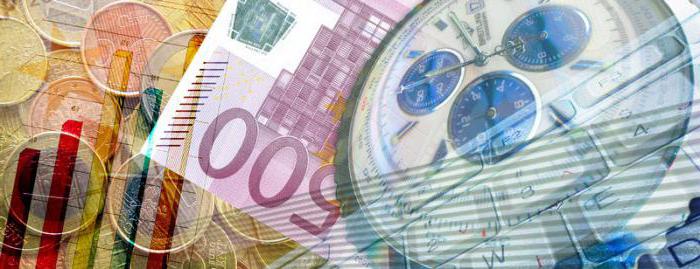
Company expenses can be grouped according to other parameters:
- Individual - costs directly to the company.
- Public - this is the cost of society not only for the production of products, but also for environmental protection, training, security, etc.
- Production costs.
- Cost of circulation - arise in the implementation process.
Classification
Depending on whether resources were paid or not, economic costs are divided into:
- External - This is a documented cost of cash. Paid raw materials are the property of the company. Such expenses are shown in the balance sheet.
- Domestic - this is the cost of your own resource. They are considered as cash payments that the company would receive in the alternative use of funds. This may include, for example, the cost of renting a room that the company uses for its own purposes.
- Sunk costs - these are expenses that the company incurs once. They are not refundable. For example, the owner of the enterprise paid money to have an inscription with the logo of the company on the wall of the building. Selling the premises, he is ready to suffer certain losses: reduce the price or pay the buyer to work to destroy the inscription.
Feature
Economic and accounting costs and profits are closely related. If you subtract from the income from the sale of obvious costs, we get accounting profit. And if you also take into account economic costs, the result should be zero. This means that the company's resources are used in the best way.

Example
It is necessary to calculate the value of accounting and economic costs, as well as profit. The entrepreneur decided to open a laundry room. He expects to receive annual revenue in the amount of 120 thousand rubles.
To do this:
- Rent a room for 30 thousand rubles. in year.
- Hire two assistants and pay them 20,000 rubles from the proceeds. in year.
- Buy equipment for 60,000 rubles.
- Pay other costs in the amount of 15 000 rubles. in year.
The interest on deposits is 25%, and on loans - 30%.
Decision
The personal funds of the entrepreneur were spent on the purchase of equipment. Washing machines and other equipment will wear out over time. Therefore, you should immediately create a depreciation fund and annually transfer to it 6 thousand rubles. These costs are explicit. As economic costs, you can use the amount of profit that an entrepreneur would have received if he had put funds on a deposit. Pay all the initial expenses without a loan will not work. An entrepreneur will need an additional 30 thousand for rent and 15 thousand for other current expenses.The cost of attracting a loan in the amount of 45 thousand rubles. will cost 13.5 thousand rubles.
| Explicit expenses (thousand rubles) | Implicit expenses (thousand rubles) |
| Rent - 30 | Deposit Interest:
60 x 0.25 = 15 |
| Remuneration: 2 x 20 = 40 | |
| Depreciation: 6 | |
| Other expenses: 15 | |
| % for loan: 13.5 | |
| Total: 104.5 thousand rubles. | Total: 15 thousand rubles. |
Accounting profit (BP) = Revenue - Explicit Costs = 120 - 104.5 = 15.5 thousand rubles.
Economic profit = BP - Implicit Costs = 15.5 - 15 = 0.5 thousand rubles.

Composition
Accounting and economic costs, although they differ from each other, are most often considered in pairs. Both types do not take into account the time factor and are used for cost analysis in the short term.
Accounting costs include:
- material costs;
- Depreciation
- rent;
- interest on the loan;
- Communal expenses;
- remuneration of workers along with all bonuses and tax accruals.
Such costs do not include non-operating expenses (fines, penalties, sanctions, etc.) and other expenses not related to production. In practice, the rules of calculation are regulated by the tax service (in particular, the depreciation calculation algorithm).
Economic costs are called hidden. These include all costs that do not have documentary evidence. It is not always possible to transfer internal costs to external. An entrepreneur may, for example, rent out his own premises and receive income from it. But the initial purchase of shares cannot be framed in the form of accounting costs. But the owners will incur implicit costs in the form of lost bank interest. It is calculated as the difference between stock returns and deposit.
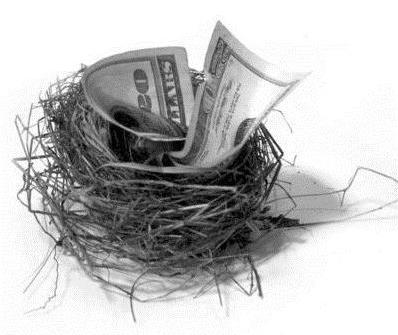
Internal costs include the costs of its own:
- materials;
- capital, financial resources:
- equity capital;
- labor costs: possible wages (if the alternative is to work elsewhere) or normal profit (independent business in another area).
Formula
When calculating economic costs, the concept of opportunity cost is applied. Raw material costs are recorded at market prices, buildings and structures - at the maximum rent. Profit from financial resources is usually compared with the profitability of government securities or deposits of Sberbank.
Economic costs include accounting costs of the company and implicit costs:
EZ = BI + NI, where:
- EZ - economic costs;
- BI - accounting costs;
- NI - implicit costs.
Example
The former teacher decided to open a store. Its starting capital is 75,000 rubles. To do this, he needs:
• Pay rent - 120,000 rubles. - a year in advance.
• Perform repair work in the room - 60 000 rubles.
• Hire three employees with a payment of 45 thousand rubles. per year to everyone. In this case, a third of the amount to be paid in advance to each employee. The balance will be paid off from the proceeds.
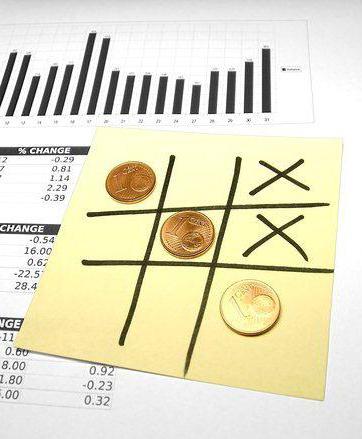
• Borrow the missing amount from the bank.
• Leave the school, in which he received 54 thousand rubles. per year, and focus entirely on the store.
For simplicity of calculations, suppose that the yield on savings deposits is 40%, and the loan is issued at 50% per annum. It is necessary to calculate the amount of accounting and economic costs.
| Explicit costs, thousand rubles | Implicit expenses, thousand rubles | ||
| 1. The full salary of employees:
- paid in advance |
3 x 45 = 135
3 x 15 = 45 |
1. Unreceived
% on deposits |
75x0.4 = 30 |
| 2. Repair | 60 | 2. Unearned salary | 54 |
| 3. Rent | 120 | ||
| 4.% on loans | (120 +60 - (75 - 45)) x 0.5 = 75 | ||
| Total | 390 | Total | 84 |
Accounting costs amount to 390 thousand rubles, and economic 390 + 84 = 474 thousand rubles. In this example, the teacher’s earnings are an alternative source of income. Economic costs always exceed accounting. The exact amount of implicit costs cannot be calculated.
Normal profit
Using an entrepreneur’s salary as an alternative source of income is not always appropriate.Most often, economic costs include lost revenue from another type of business. This value is called normal profit. It is considered, on the one hand, as income from the best option for applying entrepreneurial abilities. On the other hand, this is the minimum payment, upon receipt of which, the entrepreneur is interested in continuing production. In each case, this value is calculated individually. In the framework of the above example, normal profit should exceed 84 thousand rubles.
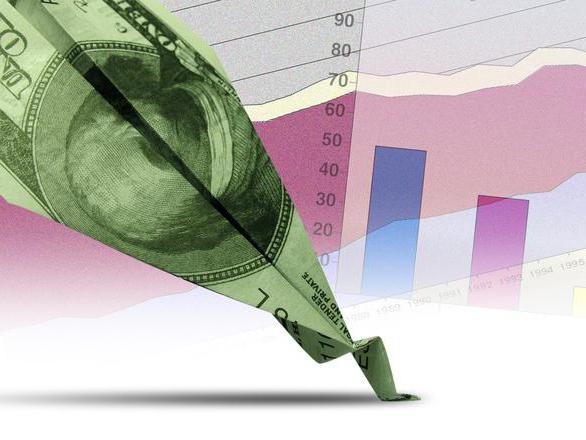
Accounting production costs
In the process of creating a product, providing a service, an entrepreneur bears expenses. Some of them are independent of sales volumes. So, the entrepreneur must pay monthly rent of the premises in which the office is located. The salary of administrative personnel, security services does not depend on how many products were manufactured during the reporting period. Such costs in accounting are permanent. The cost of materials used, bonuses to workers for the implementation of the plan, utilities and other expenses may change from month to month. Such costs are called variables.
Total Costs = Fixed + Variables.
In the short term, the first part of the costs remains unchanged, and the second may vary depending on the volume of output. In the long run, all costs relate to variables.
Fixed costs include:
- interest on bank loans;
- Depreciation
- interest on bonds;
- salary of administrative staff;
- rent;
- insurance payments, etc.
Variable accounting costs include:
- workers wages;
- transportation costs;
- electricity costs;
- the cost of raw materials.
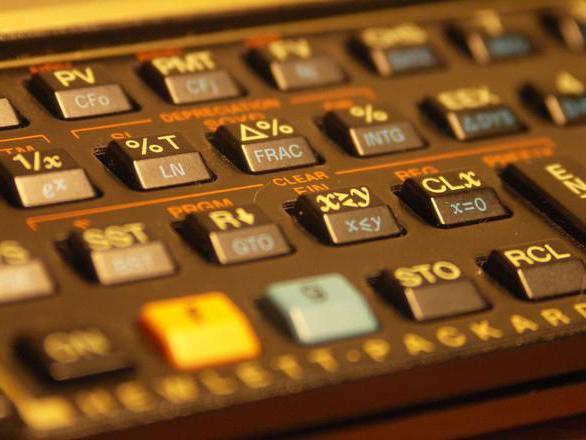
With the growth of volumes production variable costs first increase in proportion. After reaching the optimal level of development by the enterprise, they begin to grow unreasonably.
Conclusion
In the process of carrying out any activity, the entrepreneur bears the costs. He buys materials and equipment, hires employees and pays them a salary, rents a room. All these expenses are related to accounting, as their cost has been calculated and confirmed by relevant documents. The value of one part of the costs varies with the growth of production. But there are monthly fixed costs. On the other hand, an entrepreneur can use a private room in the production process. Lost rental amount relates to implicit expenses. Economic, accounting costs and profits are closely interconnected. In theory, the sum of explicit and implicit costs should equal revenue. In practice, economic costs are always higher than accounting.








